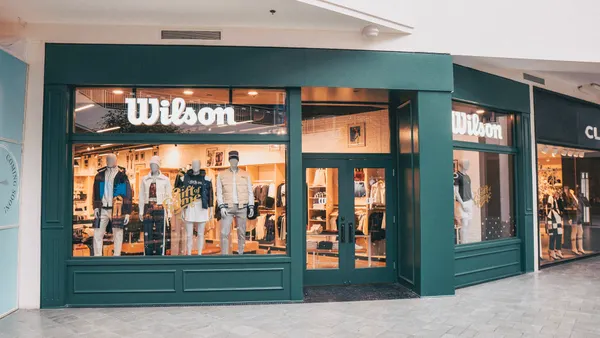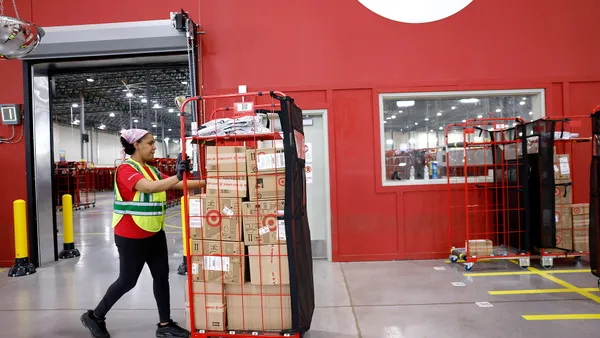Dive Brief:
-
Mobile payment adoption among U.S. consumers appears to have stalled, with the exception of Apple Pay, and those with the apps aren't using them frequently, according to a survey from PYMNTS.com and InfoScout.
-
The study stated that fewer than one in 20 consumers who have one of the major mobile digital wallet apps — a group that includes Apple Pay, Samsung Pay and Android Pay — use they app when the opportunity arises.
-
Some consumers reported they don’t use the mobile payment apps often because they are happy with their current payment cards and cash. Respondents for the most part said that security was not an issue in their lack of mobile wallet usage. The PYMNTS/InfoScout Mobile Payments Adoption Survey was conducted in March 2017 and is based on the responses from more than 7,655 consumers.
Dive Insight:
This is not at all what anyone with a stake in the mobile payments evolution wants to hear. Yet, it's no death knell either. As we have seen, certain retailers, such as Starbucks, have experienced enough mobile ordering and payment activity that it has caused unexpected traffic jams at the barista station. Also, it's just one study, and some other recent research has suggested mobile payments activity will boom in the coming years.
In regards to this study, the good news for Apple Pay is that 22% of users reported trying the app at least once. Only 15% of Samsung Pay adopters have used the app at least once, and the figure was just 10% for Android Pay. Apple Pay can boast its usage rate compared to the other major apps, but it's less impressive when considering Apple Pay has been available for well over two years.
In addition to these major names from the mobile consumer electronics world, retailers are increasingly introducing their own mobile payment apps. The study noted that about 3.3% of consumers now have Wal-Mart Pay installed on their smartphones about eight months after the retail giant expanded its own branded payment app nationwide.
It's worth wondering if the emergence of these retailer-branded mobile wallets will have a negative effect on other big names in the game, perhaps creating some confusion and leading to some hesitation among users who decide they want to try a different app from a retailer they favor, or just aren't sure which one is best for them. If that's the case, consumer paralysis regarding mobile wallets could continue to be a problem, as major retailers like Target are just getting around to preparing their mobile payment offerings.
It also appears that those who try mobile payments don't use them when presented with the option. But the market is still in its early days, and people may not be used to this mode of payment yet, but it's starting to become clear that mobile wallet firms may need more promotional energy and perhaps more distinctive feature sets in order for their aps to stick in the minds of consumers. As PYMNTS CEO Karen Webster said, the lesson to draw here "isn’t that wallets are dead, but that the providers, and innovators, really need to focus on features — or something — that will get consumers, and merchants, excited."













